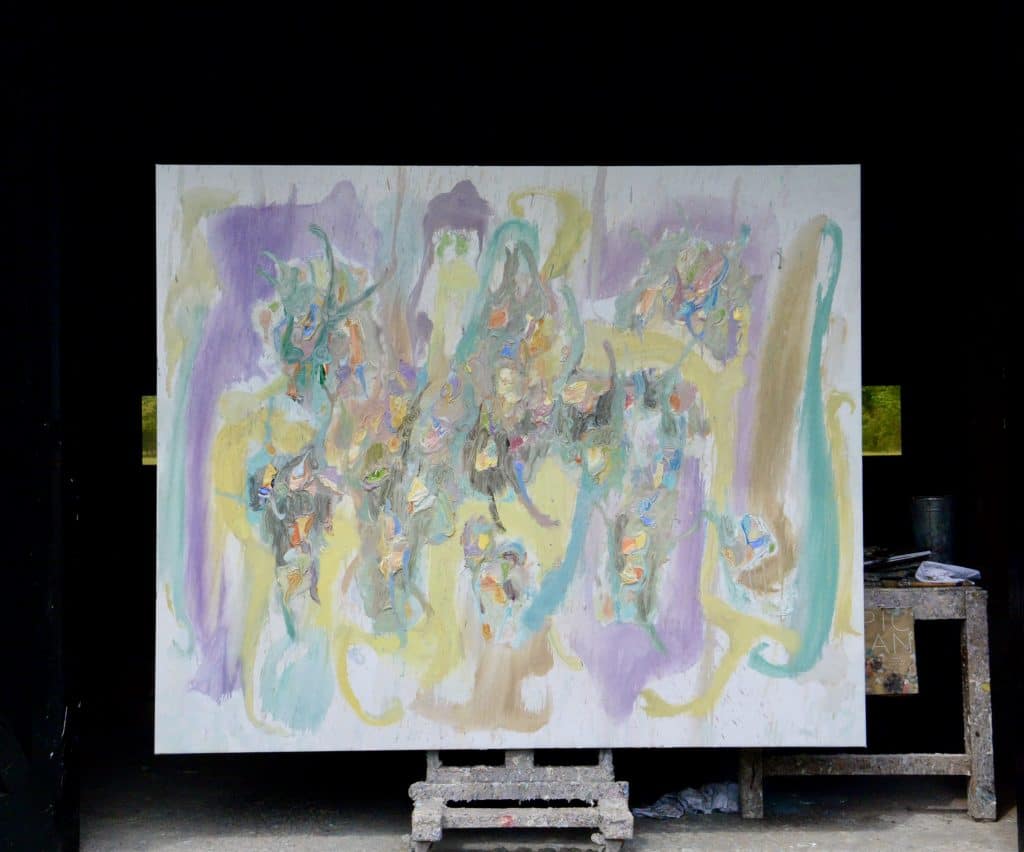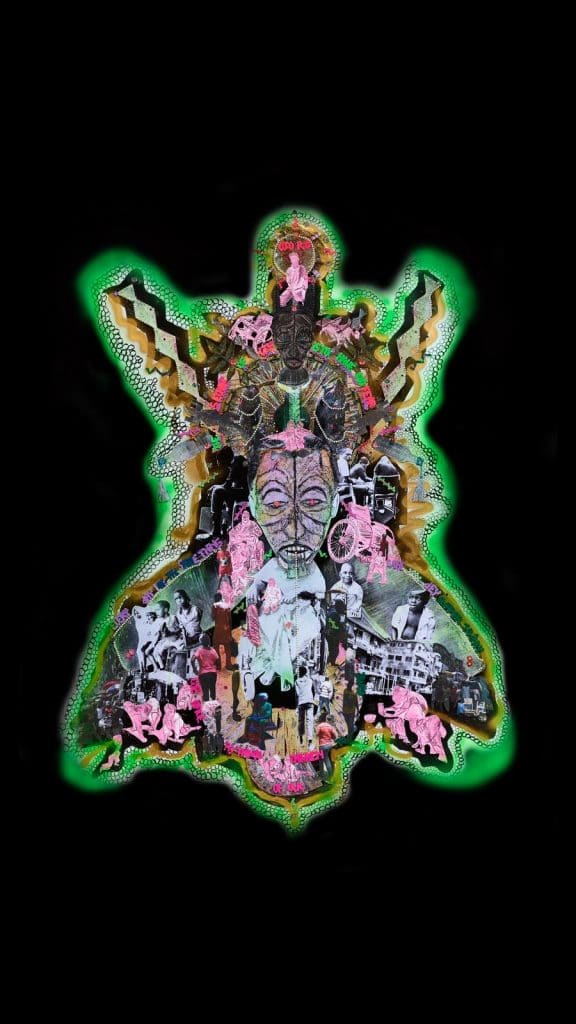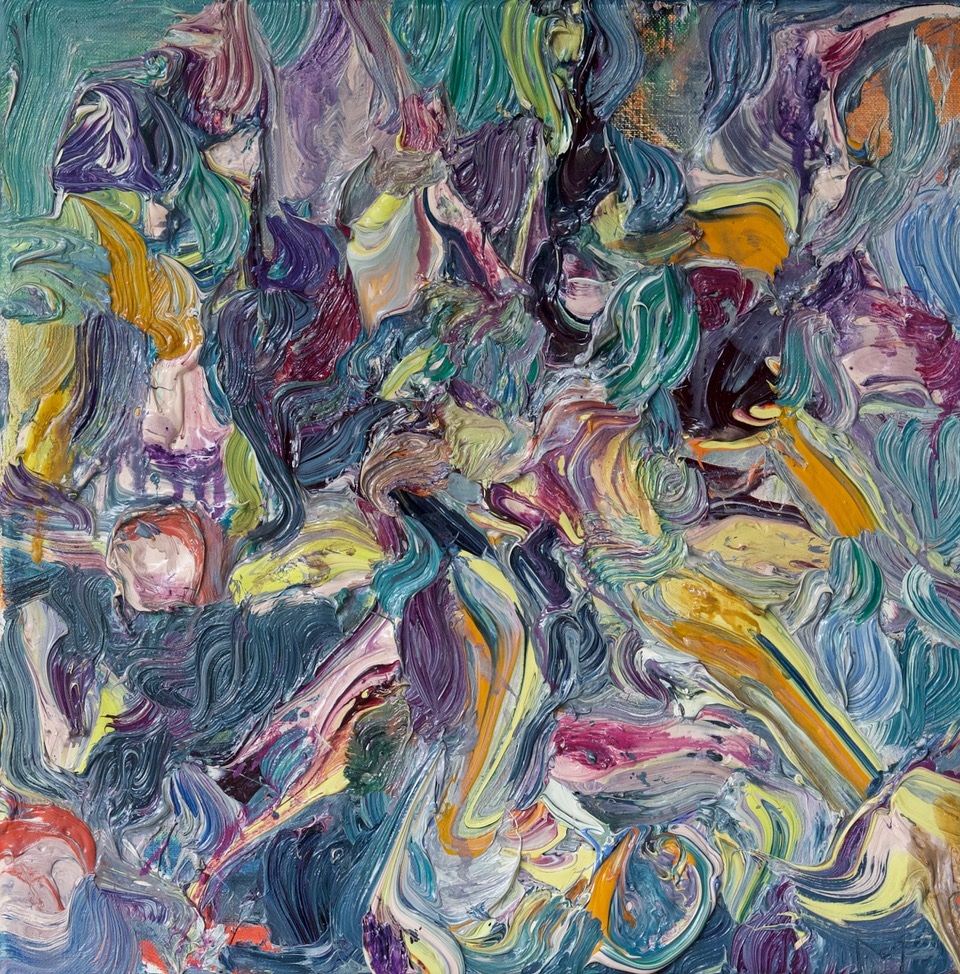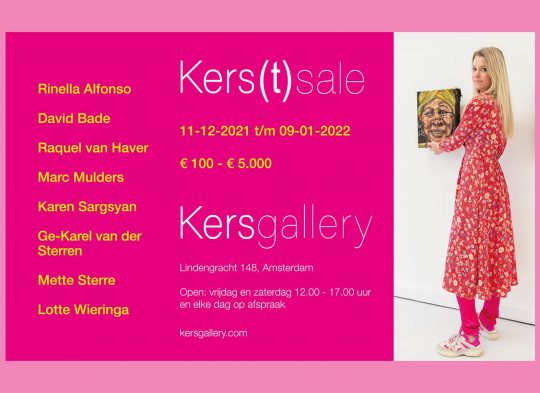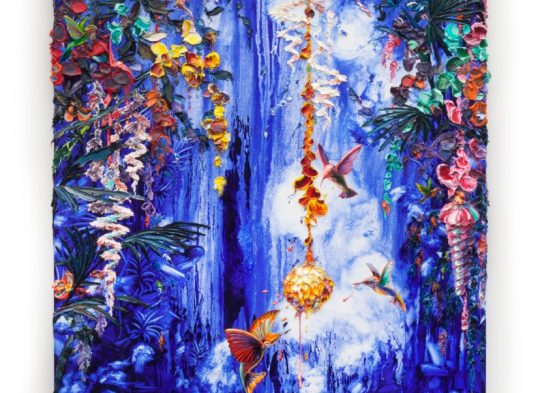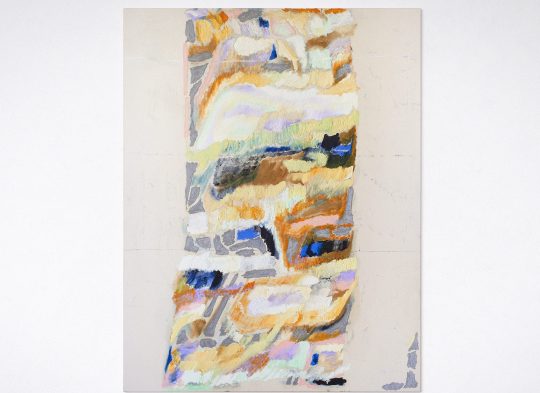Painter and glazier Marc Mulders (1958) works and lives at Landgoed Baest, between Tilburg and Eindhoven. There he has his own inspirational gardens, his own Giverny. The estate is the result of a long development, in which creation and nature became more and more central. For Mulders, everything stems from the concepts of religion, tradition and attention.
Marc Mulders studied at the Sint Joost Academy in Breda between 1978-1983. Two years later he won the Prix de Rome. The work of Mulders, inspired by Catholic themes, such as Ecce Homo (1989), formed a counterpoint to that of popular postmodernists of the time, such as René Daniels, Rob Birza and Rob Scholten. This gave Mulders a great deal of international attention, which resulted in a solo exhibition at the Stedelijk Museum Amsterdam in 1991, among other things.
Shortly after the exhibition, Mulders visited the Isenheimer Altar in Colmar, France. Mulders realized that the realism with which Matthias Gruenewald had depicted the suffering of Christ was not for him. Back in Tilburg, Mulders decided to paint white flowers without stems in order to depict the vulnerability of the human body.
More and more Marc Mulders would draw attention to the eternal cycle of life and death represented by nature. Fish and bird figures, flowers and numerous organic motifs are therefore recurring elements in his work. Mulders considers his canvases as indefinable spaces, as “rooms of creation”, and considers it to be his task to make these rooms beautiful and pleasant in order to meet the other.
Over the years, Mulders drifted further away from Catholicism, drawing inspiration from other religious and spiritual currents. The Moonlight Garden adjacent to the Taj Mahal played a major role in his 2014 exhibition at Het Noordbrabants Museum. This garden was specially designed for contemplation: “to be able to rest after a day’s work and to be able to get up again with confidence”.
In recent years, Marc Mulders has drawn his inspiration mainly from nature in his immediate vicinity: the beauty of the flowers at Landgoed Baest. There Mulders paints in the tradition of the Impressionists en plein air in a mobile studio. Mulders has also made a large number of stained-glass windows for the St. John’s Cathedral in Den Bosch and the Nieuwe Kerk in Amsterdam.







